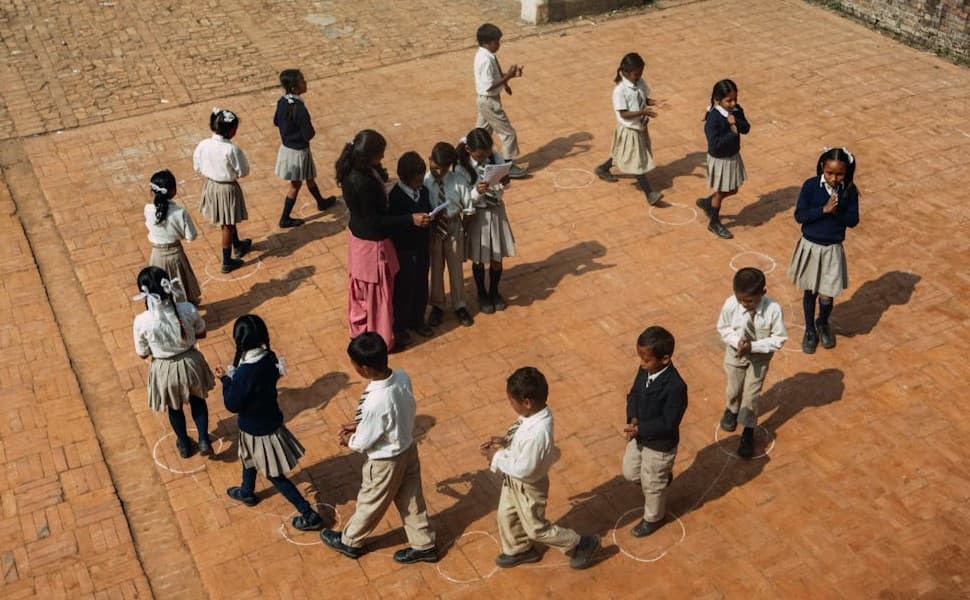
How Intelligence Grows
Intelligence grows through dynamic interactions between biological potential and learning shaped by culture, experience, and support.

Intelligence grows through dynamic interactions between biological potential and learning shaped by culture, experience, and support.

A look into cognitive development through memory systems, attention, and problem-solving in childhood learning.

Vygotsky’s Zone of Proximal Development (ZPD) is the gap between what a learner can do alone and what they can achieve with guidance or support.

Vygotsky's Sociocultural Theory highlights how social interaction and culture influence learning, emphasizing language and the Zone of Proximal Development.

The formal operational stage, starting around age 12, is Piaget's final cognitive phase, marked by abstract thinking, logic, and hypothesis skills.

The Concrete Operational Stage, occurring from ages 7 to 11, is when children develop logical thinking and grasp concepts like conservation.

Piaget’s Preoperational Stage highlights how children aged 2–7 develop symbolic thinking, imagination, and reasoning. Discover key traits, examples, and modern insights.

Piaget's Sensorimotor Stage (0-2 years): milestones like object permanence, sensory play, and tips to support early learning.

Jean Piaget's theory and stages of cognitive development—sensorimotor, preoperational, concrete operational, and formal operational.